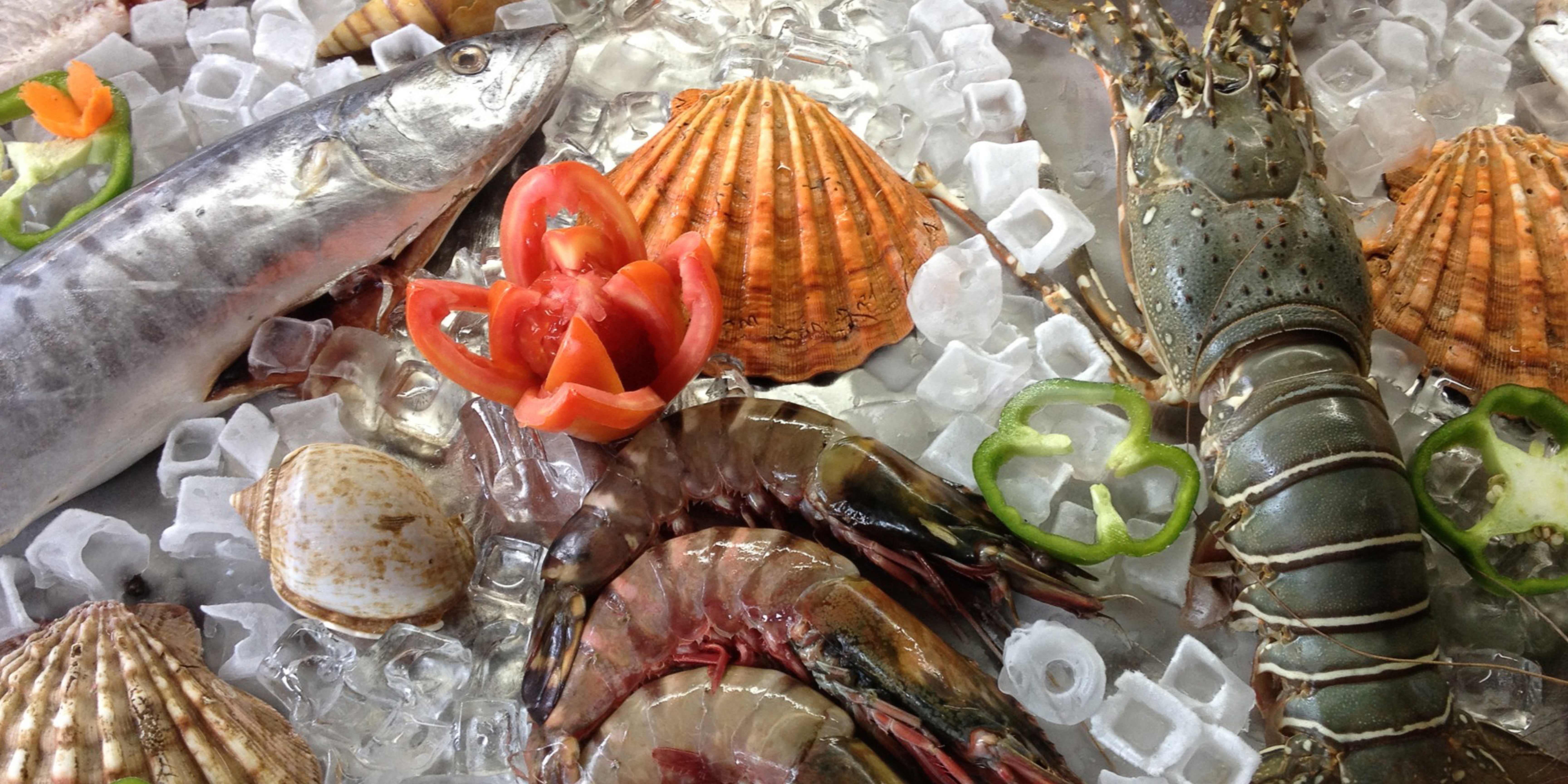Risks and Control Measures for Listeria monocytogenes in Fish Products
Listeria monocytogenes, the pathogenic member of the Listeria family with the potential to harm humans, requires comprehensive understanding due to the grave threat of listeriosis. This disease follows a complex course and bears a substantial fatality rate. It is essential to prioritize the strict control of the transmission of this pathogen.
The sources of Listeria monocytogenes contamination are remarkably diverse, owing to the pathogen's exceptional adaptability to various environments. Listeria monocytogenes demonstrates resilience in the face of low temperatures, maintains viability under low acidity conditions, and displays unexpected endurance over time in open-air environments. The rigorous practice of pathogen environmental monitoring provides clear proof of their remarkable resilience.
Listeria Risk Assessment for Contamination in Fish Products
The prevalence of Listeria monocytogenes detection in the environment, encompassing soil, water, and vegetation, remains notably high. The ability of this harmful pathogen to spread by both domestic and wild animals both domestic and wild animals underscores the existence of additional potential sources of contamination.
Contamination is a constant concern in the fishing and fish processing industry, with potential risks present at every stage of the chain. Let's delve into the potential risks of potential Listeria monocytogenes contamination.
Fish harvesting
In the marine ecosystem, fish are not immune to the presence of Listeria monocytogenes. Moreover, the act of harvesting fish itself introduces a potential risk of contamination, particularly when fish are pooled in the same reservoir after harvest, providing an opportunity for the pathogen to proliferate. Under such circumstances, even if just one fish carries Listeria monocytogenes, it can swiftly transmit the bacterium to its fellow fish. The damp storage environment in these reservoirs creates ideal conditions for bacterial growth and the subsequent spread of Listeria monocytogenes to a larger population of fish. This interplay between natural factors and human activities underscores the significance of upholding stringent hygiene measures during fish harvesting. Controlling Listeria monocytogenes contamination at this crucial stage is essential to maintain the safety and quality of fish products within the entire supply chain.
Production Processes
During this phase, fish undergo several stages, each of which carries the risk of Listeria monocytogenes contamination. Let's delve deeper into each of these stages:
- Transportation of Raw Fish after harvesting:
During the transportation of fresh fish, a failure to adhere to stringent hygiene regulations can foster the proliferation of Listeria monocytogenes, potentially jeopardizing the product's safety. - Fish Processing at the Production Facility:
When processing fish, which includes activities like filleting, portioning, salting, or smoking, there remains a risk of contamination, even if all fish specimens are free from the pathogen. Environmental monitoring has revealed that Listeria monocytogenes can persist on the surfaces of equipment, tools, and cutting tables for extended periods. - Packaging and labelling:
As mentioned earlier, Listeria monocytogenes has the ability to remain on surfaces for an extended period. It attaches to these surfaces through biofilms, becoming resistant to certain types of treatment. Ensuring compliance with hygiene standards during the fish packaging process for subsequent sale is crucial. Inadequate sanitary conditions can lead to contamination not only of the fish but also of all products processed at the production facility.
Endpoints of Fish Product Realization
Naturally, after the fish reaches the store shelves or restaurants, the risk of Listeria monocytogenes contamination remains for both cooked and raw products. It is of utmost importance to adhere to the following measures:
- Systematically conduct food safety testing.
- Strictly follow the rules for storing and preparing fish products.
- Monitor the integrity of packaging during storage.
- Ensure exceptional hygiene for staff, equipment and areas through which fish products pass.
Ensuring Listeria monocytogenes Control and Environmental Monitoring
Implementing a comprehensive control strategy to prevent the spread of Listeria monocytogenes is a critical step in safeguarding public health regarding the production and consumption of fish products. Establishing an effective mechanism for detecting and preventing pathogen contamination while maintaining high product quality standards is of paramount importance.
It is highly advisable to employ a range of comprehensive measures, which encompass controlling raw material sourcing and implementing rigorous self-monitoring practices within the facility. This approach should include systematic environmental monitoring for pathogens.
Safeguarding the public's well-being and ensuring top-notch product quality necessitate a multifaceted strategy that combines vigilance in sourcing, rigorous in-house monitoring, and systematic pathogen environmental monitoring.
Considering Listeria monocytogenes' ability to survive and proliferate not only within living organisms but also in the surrounding environment, Listeria monocytogenes detection can occur at any stage of the fish processing chain. Emphasis should be placed on adhering to hygiene and safety standards during fish handling and preparation. To prevent potential Listeria monocytogenes contamination and ensure food safety, it is imperative to regularly verify that equipment surfaces and workstations do not contribute to contamination. To achieve this, conducting routine environmental monitoring and assessment is strongly recommended.
We particularly emphasize the importance of conducting tests on hygiene and cleanliness indicators. In particular, we recommend using not only Listeria monocytogenes tests but also ATP and E. coli tests to ensure control over hygiene and cleanliness levels, available for purchase on our website via the following link

